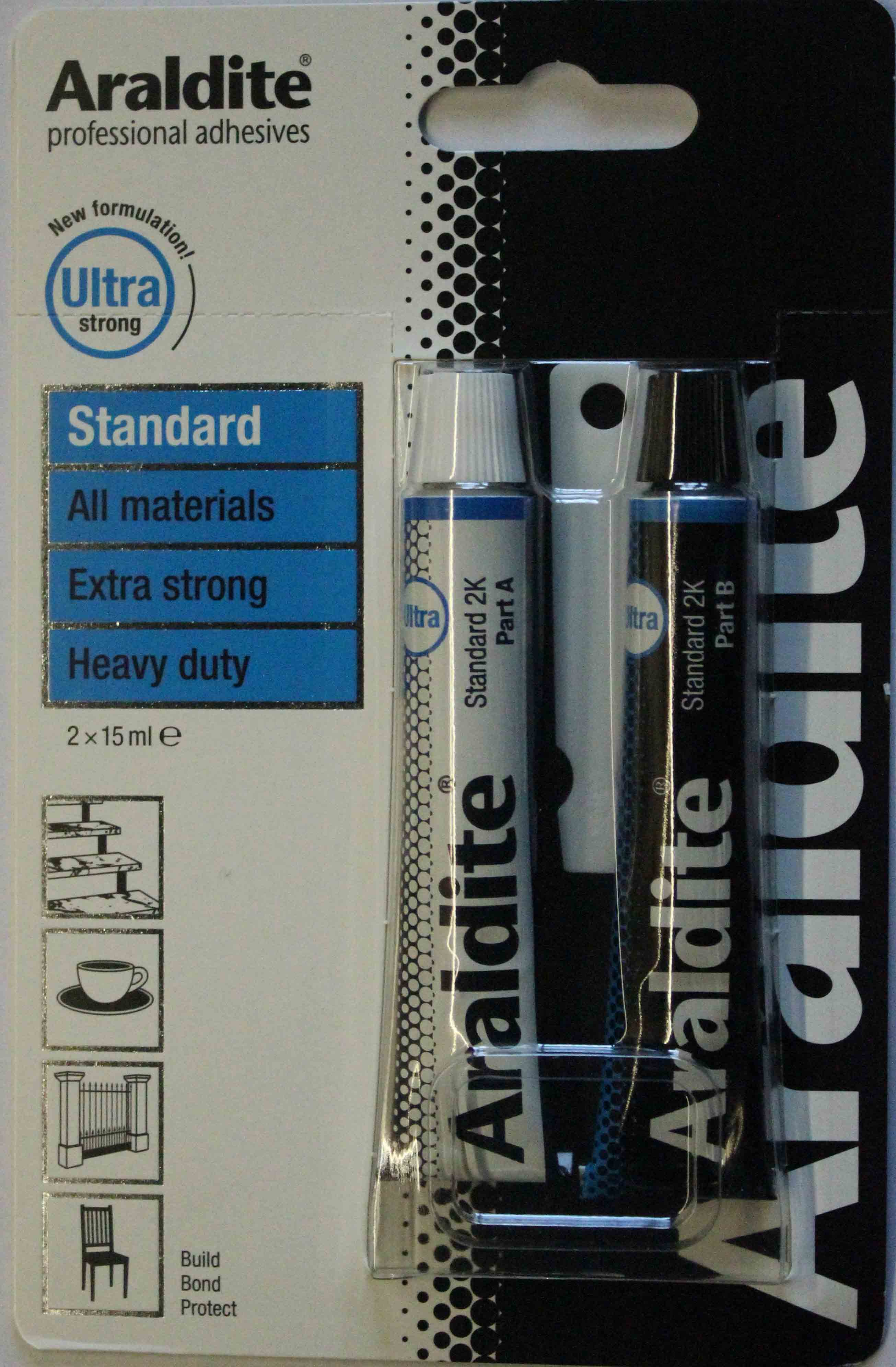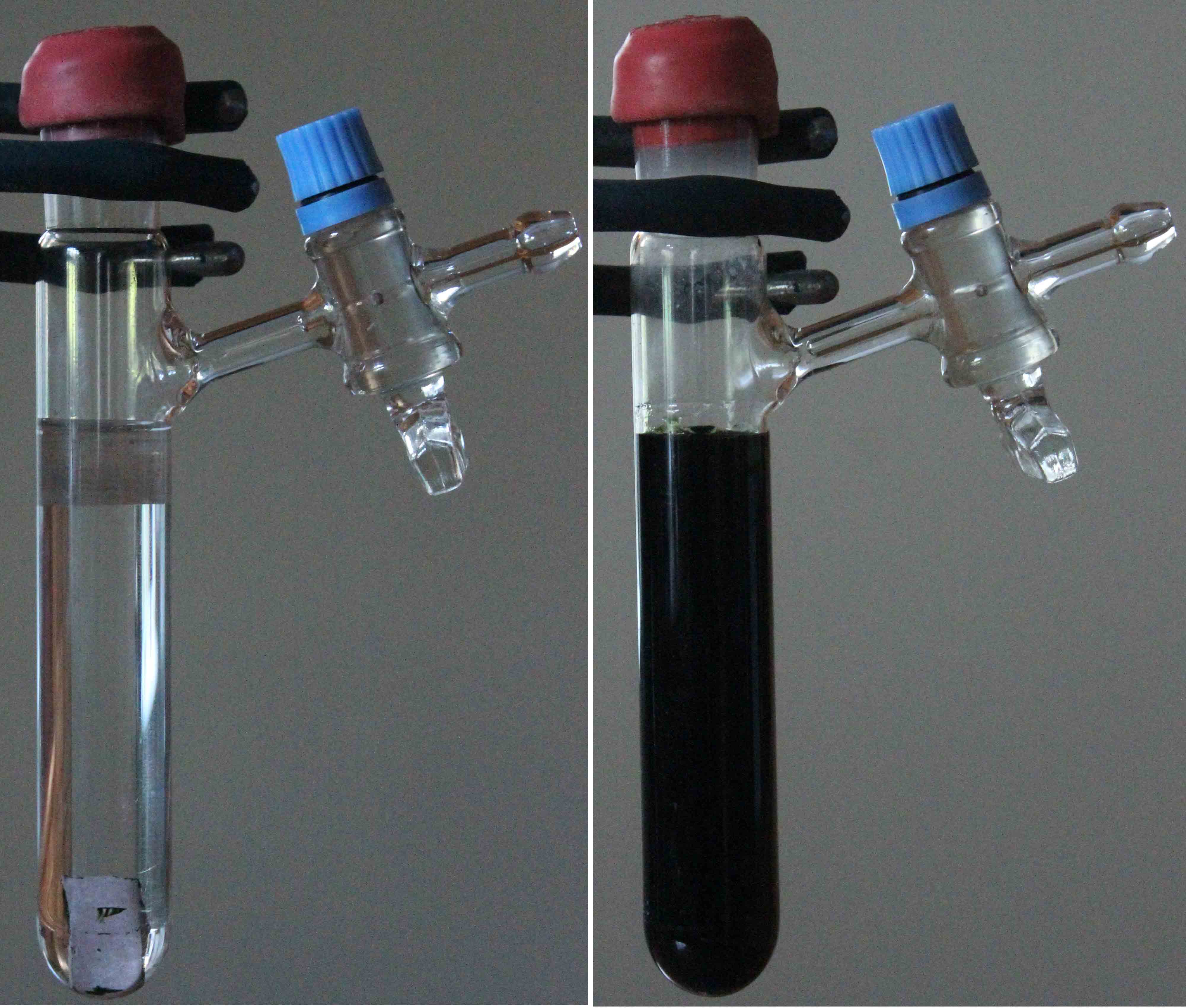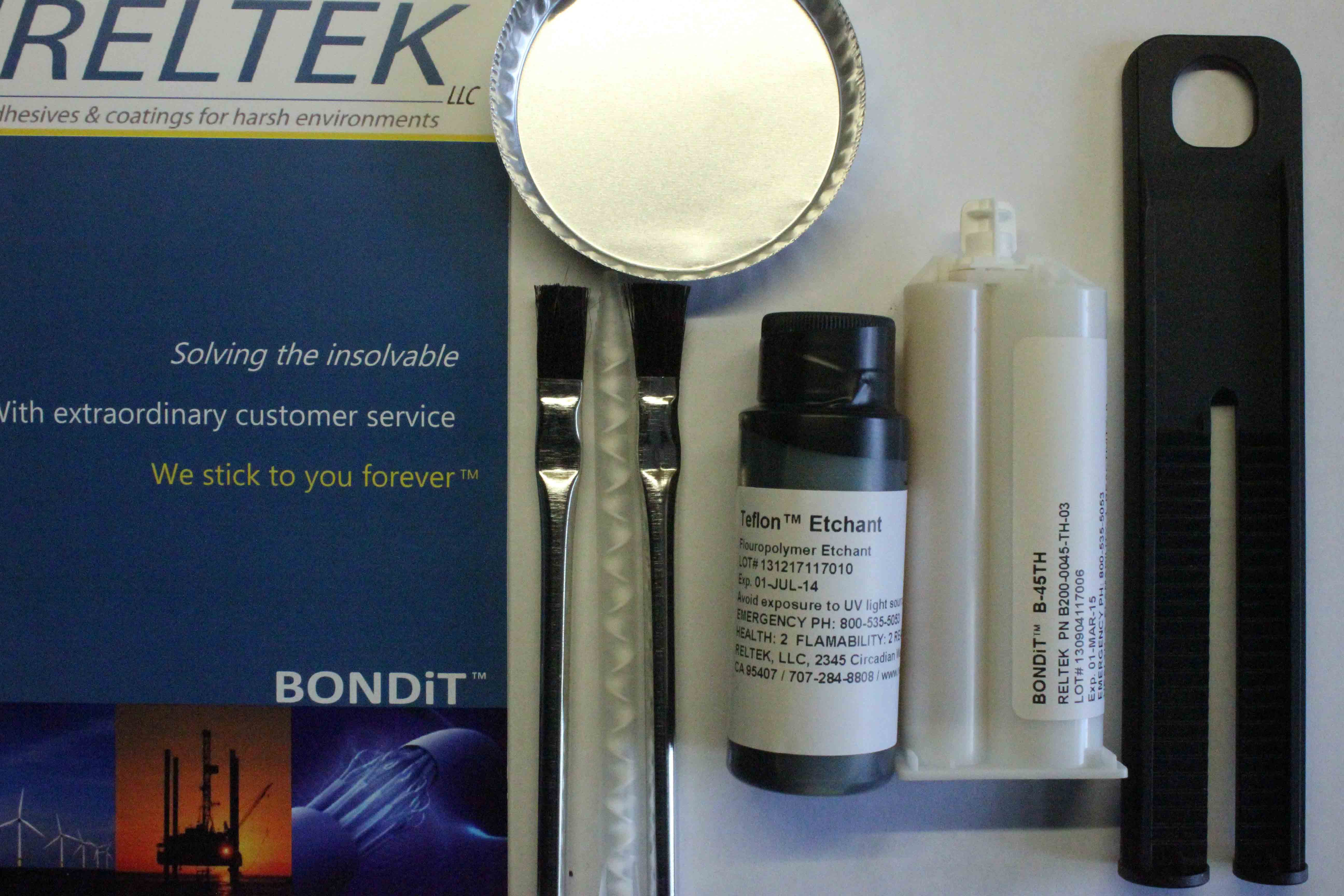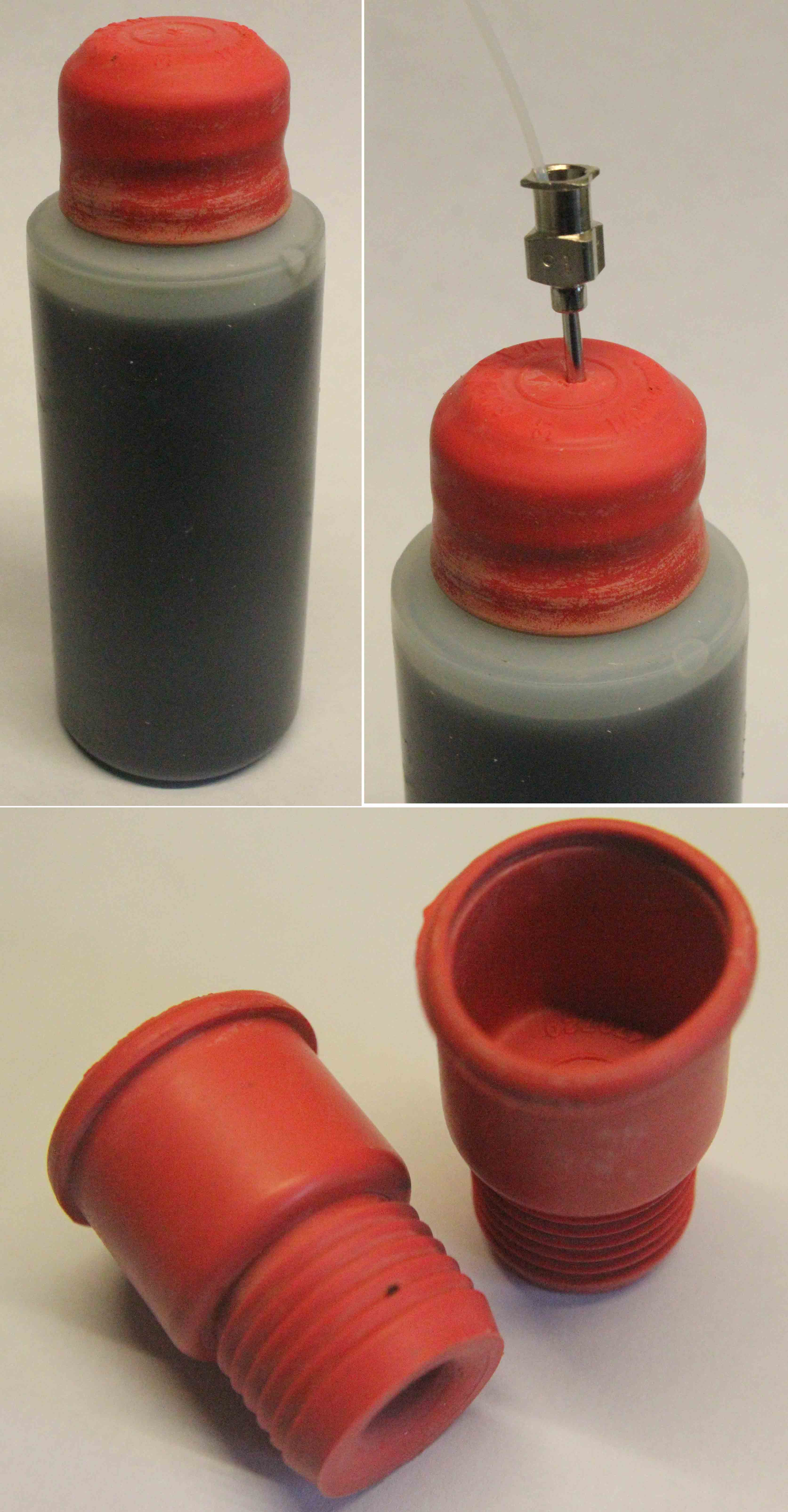
ALL MATERIAL COPYRIGHT KEVIN SCOTT 2011. LINKS TO THIS SITE ARE WELCOME BUT DO NOT COPY MATERIAL FROM THIS SITE TO ANY OTHER WEBPAGE.
If you find this site useful, please support it by making a donation of $1 to help maintain and develop it. Click on the PAYPAL DONATE button to do this safely. But there is no obligation - please avail yourself of the information and facilities of the site at no charge.

NOTE: The use of Sodium Metal is intrinsically hazardous and should be undertaken with the greatest care and with adequate precautions. Users should be familiar with the procedures recommended for handling metallic sodium and reactive substances in general.
The resistance of polytetrafluorethylene (PTFE or Teflon) to any sort of adherence is legendary and often very useful as is its chemical inertness. But these qualities do have one significant drawback, that teflon is very difficult to bond reliably to other materials or to itself. There is a solution to this problem brought to the author's attention by a company called Reltek. (More about them below). The solution to the problem is Sodium Naphthalide dissolved in 2-Methoxyethyl Ether or in Tetrahydrofuran. This is used as an etchant to replace fluorine atoms on the surface with a more reactive and bondable molecular species. After etching the teflon surface is much more accepting of various cements, including epoxy resin adhesives such as Araldite, or the more specialised Reltek Epoxy Resins. The etching is straightforward and involves exposing the roughened and degreased Teflon surface to a solution of Sodium Naphthalide for about 2 minutes and then washing the etched surface with Isopropanol. The etched surface is stable and mechanically resistant and bondable. The only difficulty is the making and handling of the Sodium Naphthalide complex.

Sodium Naphthalide is an extremely powerful reducing agent, and it reacts very rapidly with atmospheric Oxygen and with water. Any significant exposure to the atmosphere will quickly deactivate it. It is thus best made and used in a glove box under nitrogen or using Scklenk technology.
In the preparation employed by the author, 2.5 gm of Naphthalene (GPR Rectapur)was dissolved in 25 ml of Tetrahydrofuran in a Schlenk tube as shown in the photograph to the right. To this mixture 0.2 gm of freshly cut sodium metal was added. The air-space in the Schlenk tube was purged with Argon and sealed with a Subaseal stopper. The side tap was closed and the schlenk tube was partially immersed in a water-bath held at 45C for twelve hours. In the figure to the right, the left hand image shows the Schlenk tube before the reaction had taken place, the right hand image shows the appearance of the tube after the twelve hour reaction period. The Sodium Naphthalide thus appears as a green/black compound.
In use, Sodium Naphthalide is best handled in a Schlenk tube or in a glove box and a supply of Nitrogen or Argon is advantageous to prevent reagent oxidation during manipulations. An arrangement for etching thin Teflon tubes for sealing into stainless steel or glass tubing is shown to the right.

The teflon tube to etched is sealed at the far end to prevent aspiration of the etchant, and inserted through the bore of a hypodermic needle which pierces the subaseal. The Subaseal is a versatile closure in that it can carry multiple tubes of varying diameters. This means that quite wide tubes (up to 6mm od) can be etched in this way.
The photograph below shows the result of etching a length of 1mm OD Teflon tubing using this method:

As will be seen, the etching produces quite a pronounced stain which is very firmly bound to the Teflon surface and is a useful visual guide to the etching process and to the region which will key to the cement when it is applied.

The Reltek Company is to be congratulated on this teflon etching kit on two main grounds. First, it is an achievement to make an etchant as reactive and air sensitive as Sodium Naphthalide available and usable to purchasers who need have no facilities for handling air-sensitive compounds. The etching of Teflon does require a very powerful reducing agent, and Sodium Naphthalide allows a reagent with practically the same reducing power as sodium metal to be available in solution in an organic solvent. Secondly, it really does work! So the overall verdict on the Reltek kit is a very positive one.
At the same time, the manufacturers of this kit are somewhat optimistic about the modes in which the etchant can be used. They envisage the user pouring out the etchant into aluminium trays which are supplied with the kit, but the etchant lasts only a few seconds if this is done in air. There is really insufficient time for proper use to be made of the etchant in this mode. The same comment can be made concerning their suggested use of the supplied brushes to apply the etchant to a teflon surface, although, using the etchant straight from the container in this mode may be successful if done very rapidly.
It is generally better to take some steps to exclude air from the etching process.
The simplest way of doing this, suitable for at least some applications is to remove the screw cap from the container of etchant supplied by Reltek, and replace it rapidly with a #37 Subaseal.

A needle or a tube can be pushed through the seal to carry the item to be etched. If a stream of Nitrogen or Argon is available, a second tube can be inserted to provide an inert gas flush to protect the etchant during the etching process.
While using an inert gas flow, a cannula can be inserted into the subaseal and the contents transferred into a Schlenk tube if desired.
Finally, if the etchant becomes exhausted by exposure to the air, it can be restored by adding 0.1 gm of Sodium metal and suspending the container in a water bath at 45 C for 12 hours.
At about $200 for the kit, the deal is a good one. The buyer gets some pretty useful chemical technology rendered practical by the kit components. Whether it could be used to cement a large area of teflon sheet, remains untested by the author of this review, but the kit did exactly what he required which was to etch Teflon tubes, and with a little addition of a Subaseal stopper, a large number of tubes could be etched from one kit.